Advent Tip: Secure additional data for these measures, including immunization registry data for CIS and IMA, historical CCS exclusion and numerator data, and vision data for EED. Rates will likely dip but by planning ahead you can lessen the impact.
HEDIS MY2025 Considerations
With the ink barely dry on HEDIS MY2024, planning for HEDIS MY2025 is already underway. Advent’s HEDIS webinar series will start up soon. In the meantime, here are some changes to keep in mind.
1. Medical record review option eliminated for 4 longtime hybrid measures.
- Childhood Immunization Status (CIS)
- Immunizations for Adolescents (IMA)
- Cervical Cancer Screening (CCS)
- Eye Exam for Patients with Diabetes (EED)
2. New data element – Breast Imaging Reporting and Data System (BI-RADS) assessment codes – needed for the 2 new mammogram-related measures. BI-RADS-related value sets include SNOMED CT codes as well as RadLex radiology lexicon. RadLex is a comprehensive set of radiology terms for how medical imaging is described, reported, and analyzed.
3. Change in race and ethnicity data source reporting requirements.
Reporting on the source of race and ethnicity data will only be required for the Race/Ethnicity Diversity of Membership (RDM) measure. Race and ethnicity stratifications (RES) will still be required for other measures; however, the source of that data will not be reported at the measure-level.
Data source reporting for RDM has been condensed to the following 4 categories.
- Direct: Race/ethnicity value is known, and the source is direct (e.g., self-reported, CMS and state data sources).
- Imputed: Race/ethnicity value is known but is collected through an alternate data source (e.g., geo-coding, surname analysis).
- Unknown: Race/ethnicity value is known but the source is not.
- No Data: Race/ethnicity value is not known.

As always, when in doubt check in with your auditor. They can provide more insights into these and other changes for HEDIS MY2025. And remember, the earlier you get started, the better prepared you will be.
Contact us at
info@adventadvisorygroup.com to see how we can help.
Advent Advisory Group Insights















